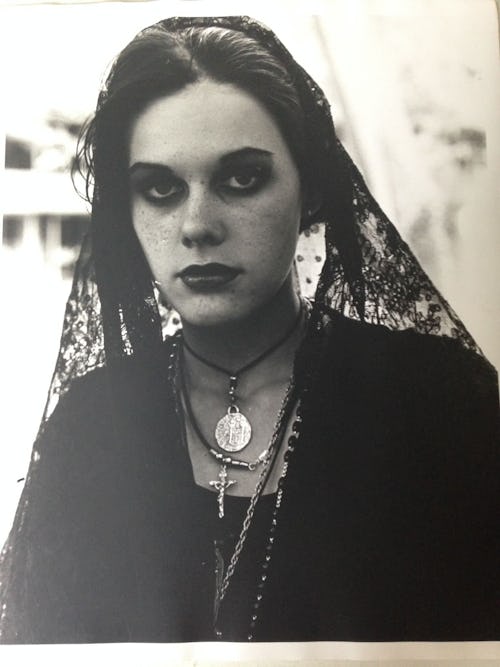
“Have you considered mixing up your clothing color choices?” my therapist asked, during one recent session. I looked at her blankly.
No, I definitely have not. I’m a lifelong goth and while I often joke that I wear black on the outside because black is how I feel on the inside, it has never really occurred to me that my mostly monochromatic wardrobe could be affecting my mood. The dopamine dressing trend has been making people’s post-pannie mood boards, but is there anything legit behind the fad?
“The hypothalamus definitely is responsive to light waves — and we know that different colors have different wavelengths,” says Stefani Goerlich, a Detroit-based psychotherapist. “So on the surface, we could build a chain of reactions that could be characterized as affecting our mood.” Wait, what?
This is not the answer I was expecting. It turns out, though, that the hypothalamus — a gland in your brain that secretes neurotransmitters and neurohormones like dopamine, oxytocin, and serotonin — is affected by the light and color we receive through our visual pathways. And those brain chemicals can, in turn, impact our mood.
Okay, but how much difference could color make in how we feel? Well apparently, a lot. “The hypothalamus controls our sexual behaviors, emotional responses, internal temperature, appetite, etc. and the combined impact of subtle changes in these various functions could absolutely be interpreted as ‘pink makes me feel happier,’” for example,” says Goerlich. I don’t want to believe this — in case I might have to rethink my entire wardrobe, but the story checks out. Recent research suggests that the color of ambient light can dramatically impact how we process emotions.
Scientists have been interested in how color may affect our emotional state for decades. Between 2000 and 2013, researchers installed blue lights on the railways in Tokyo, and suicides in those stations fell by 74%, Goerlich tells me. But, she explains, there isn’t an exact formula for determining the relationship between specific colors and specific moods because our brains just don’t work that way. “Ultimately, the brain is responding to various light waves, rather than specific colors,” says Goerlich. “It just happens that those light waves also result in color.”
So color can definitely impact mood, but figuring out how to get the feelings you want to have by pairing fabric swatches isn’t an exact science, as some influencers would have you believe. And, Goerlich adds, there are also personal and cultural factors to consider.

“We have to be mindful not only of the effect of light and darkness on our brain — and therefore body systems — but also our own personal associations with various colors and how those impact our reactions,” Goerlich says. It also feels important to note that most of the research on how color impacts our emotional state is focused on the colors in our surroundings, not the colors we wear, so it’s hard to say how (or if) dopamine dressing might hold up in a lab.
I ask Goerlich if the fact that I have a positive personal association with the color black could mean that it’s actually fine for me to continue on my lifelong goth path. Yes, she says, and adds that black may feel restful and relaxing to many people because darkness is necessary for our circadian rhythm and adequate restful sleep. So there. Also, don’t forget that our cultural association between black and evil is definitely a low-key racist tactic to uphold white supremacy.
So, yes, dopamine dressing might work, but the colors that make one person feel good may not work for another, depending on their own specific preferences and culture. “The emotional impact of color can’t be distilled down to just ‘light waves and the hypothalamus’ because we interpret what we see psychologically just as quickly as we receive it physiologically,” explains Goerlich. “Blue light might reduce suicide rates- but if I have extremely negative associations with the color blue?” Goerlich ponders, “It might not have that same soothing effect on me.”







